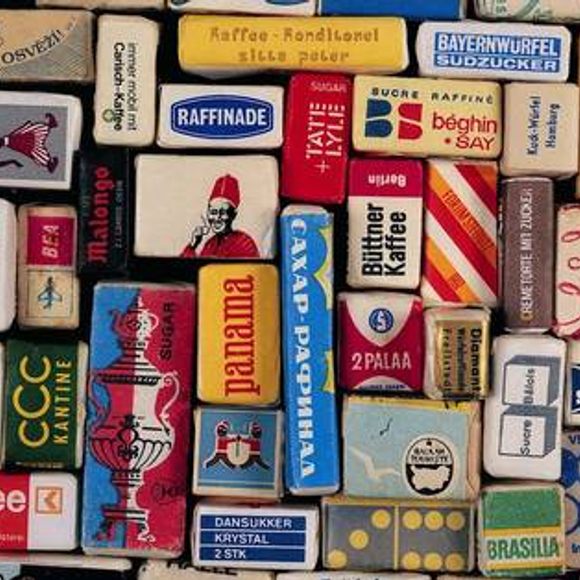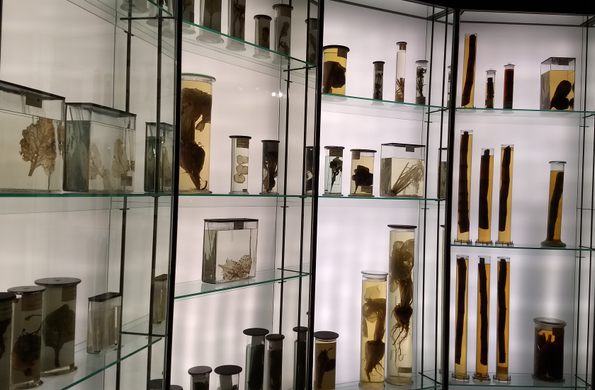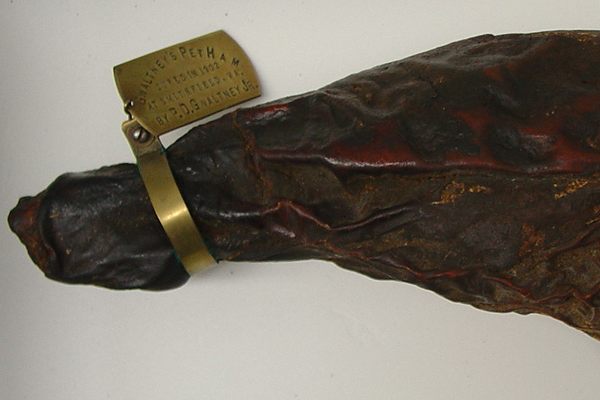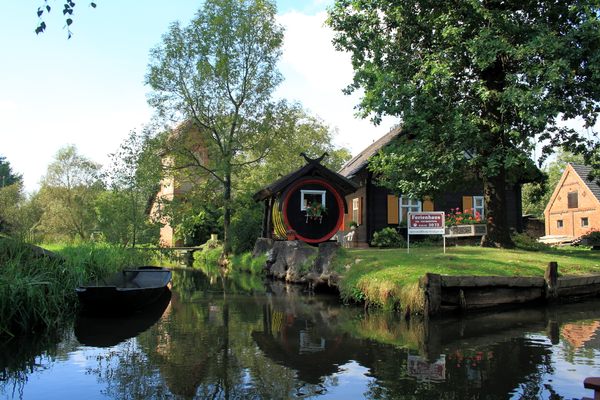The Zucker-Museum in Berlin was opened in 1904 as a tribute to the city’s rich history with beet sugar. In 1747, popular German chemist Andres Sigismund Marggraf discovered the presence of sugar in beet plants. By 1798 Marggraf’s student and successor, Franz Carl Achard, produced the first beet sugar. In 1801, with financial help from Friedrich Wilhelm III, the world saw its first sugar beet factory and by 1802, was producing sugar. Beet sugar is famously noted to be a favorite of Napolean I, who, setting up an army camp in Berlin in 1806, noted that beet sugar helped Europe move away from its dependence on colonial sugar.
The museum itself features eleven departments, each of which portrays different influences beet sugar (and other sweeteners in general) has had on Berlin and the world. With the museum’s large collection, visitors can see how sugar has influenced technology, science, the economy, art, and even folklore.
Update: The Zucker-Museum itself has been closed at the old location and the exhibits have been moved to the Deutsches Technik-Museum. They are still displayed there in the permanent exhibition “Alles Zucker.”
Know Before You Go
The Zucker-Museum has been closed, but the exhibits can still be viewed at the Technik-Museum (Trebbiner Straße 9, 10963 Berlin).















Follow us on Twitter to get the latest on the world's hidden wonders.
Like us on Facebook to get the latest on the world's hidden wonders.
Follow us on Twitter Like us on Facebook